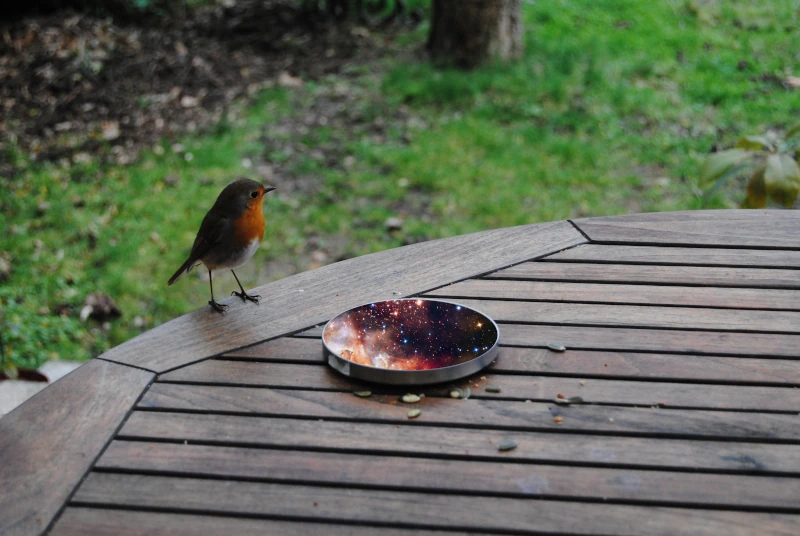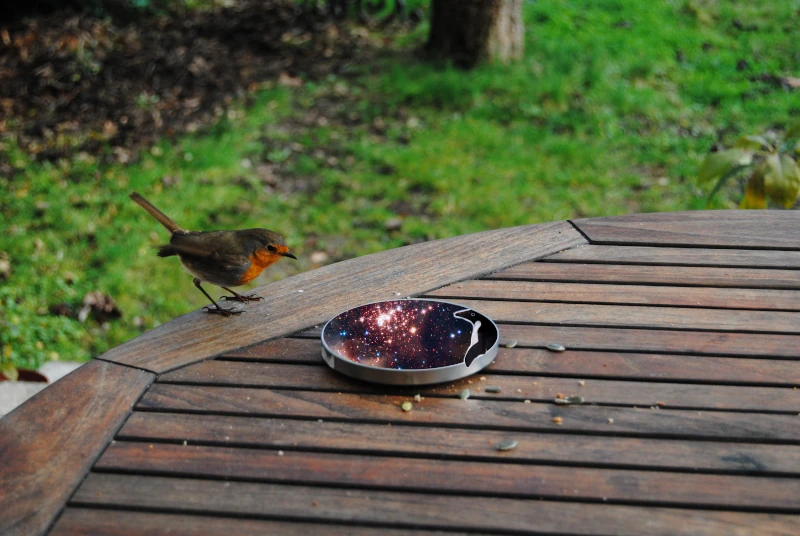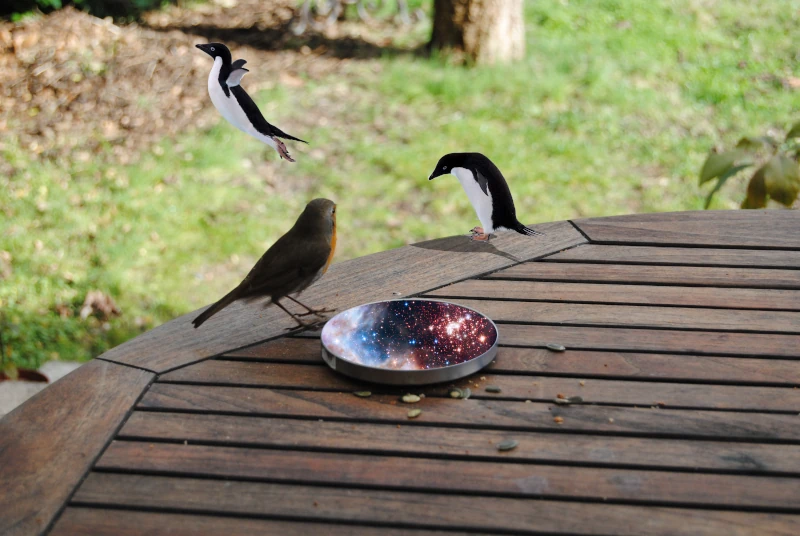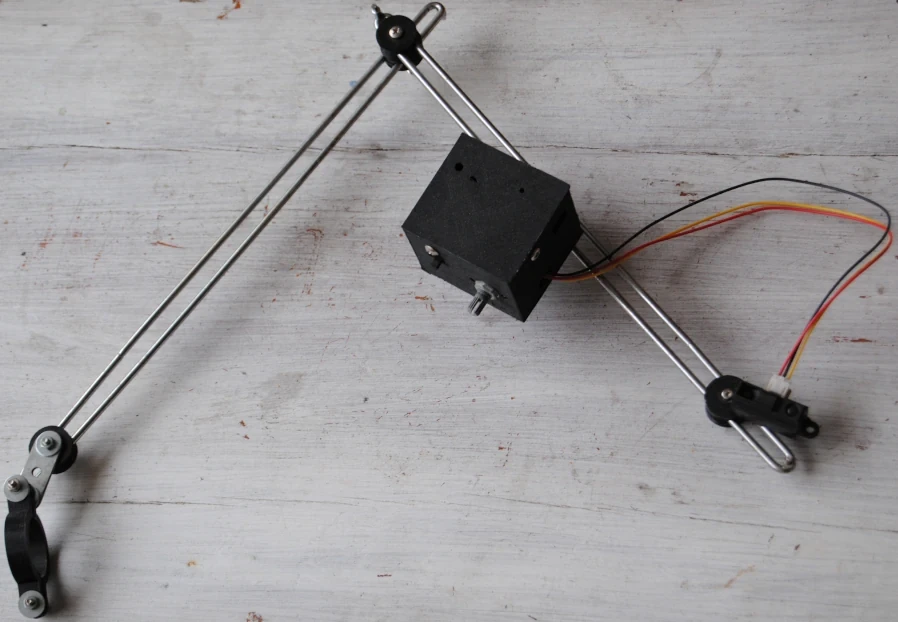3.8 KiB
+++ title = "Timelapse and space birds" date = 2025-09-01 description = "Photo trigger and presence detector" insert_anchor_links = "left" [taxonomies] tags = ["Arduino", "electronics", "photo"] +++
A robin in the stars
Robins, sparrows, blackbirds and titmouses visit the garden all day but fly away a soon as a hominid approaches. Then how to picture them without a telephoto lens? By crafting a trigger with an infrared distance sensor!
More high-res photos are available here.
Humble timelapse
There is also a periodic mode, to make a timelapse.
In the video, brightness varies because I forgot to disable automatic white balance.
The trigger
My camera (Nikon D3000) has an infrared sensor but I don't have the remote that works with it. Fortunately someone published an Arduino program for replicating the remote's signal: Nikon Remote Emulator by Gough Lui. You only need a microcontroller and an infrared LED (salvaged from an old TV remote).
The bird detector is an infrared distance sensor GP2D12, capable of (very approximately) evaluating distance from 20 to 80cm. It's mounted on an articulated arm, at a distance from the camera (to be able to tune the focal and avoid frightening the birds).
The switch allows to choose a mode (either detector or fixed interval), and a potentiometer to choose a value (distance in the detector mode, duration in the interval mode).
The program also triggers the camera every few minutes to prevent it from going to sleep mode (which would require a manual reset).
The case is designed for an Arduino Micro but an ATtiny402 would be more than enough. The articulated arm can be fixed on the camera's tripod.
- nikon_ir_trigger.ino (Arduino program)
- timelapser.scad (3D model OpenSCAD, for 3D printing)
- pitch.scad (screw pitch and bolt support)
Credits
The montage with the robin includes two images of which I am not the author:
- Adelie Penguin (Pygoscelis adeliae) group on iceberg, Antarctic Peninsula, Antarctica, image shared everywhere on the Internet without attribution, and I can't find the original publication.
- Westerlund 2, photographed by the Hubble Space Telescope (heic1509a)
Images edited with Gimp, optimized with YOGA Image Optimizer.
No animal was hurt during the photo shootings. The participants did not sign any image rights but were remunerated in seeds.



